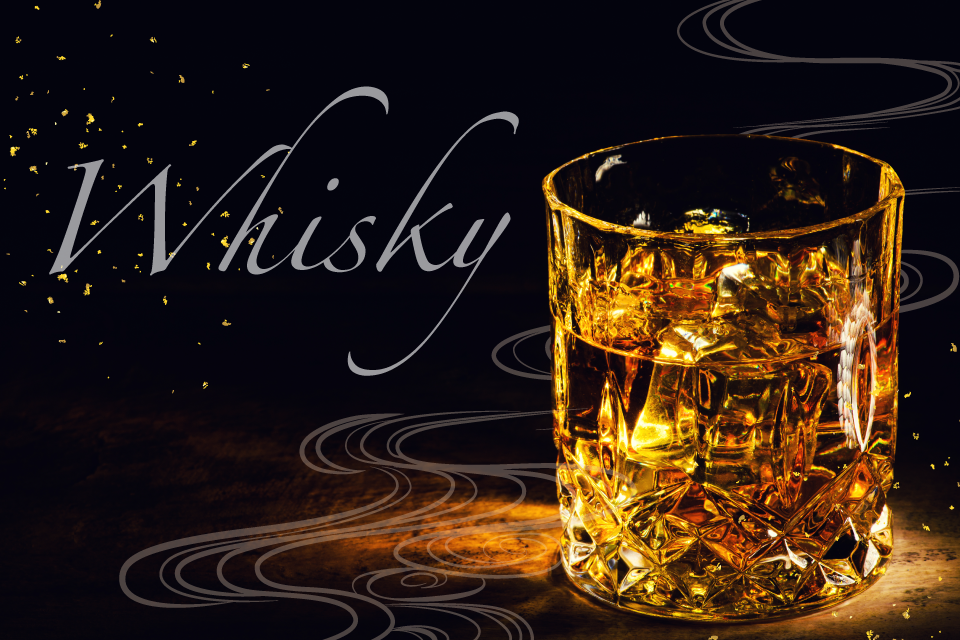
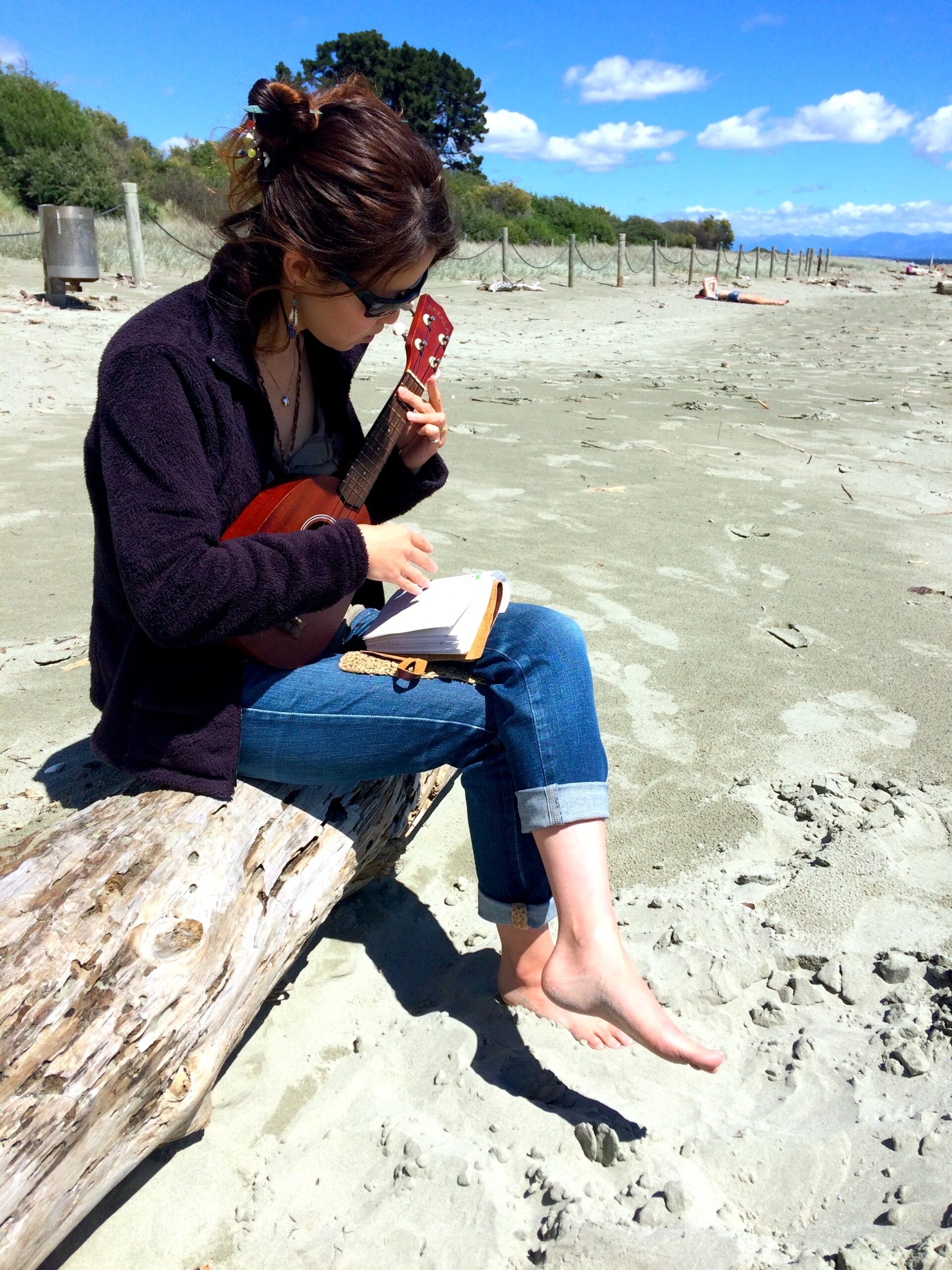
From misty mountain distilleries to world-class blends, Japanese whiskey has earned global acclaim for its smooth taste and refined craftsmanship.
In this guide, explore what sets it apart—its unique climate, ingredients, and cultural roots—and discover the best bottles, ways to enjoy them, and where to begin your own whiskey journey.
Kanpai!
What Makes Japanese Whiskey Unique?
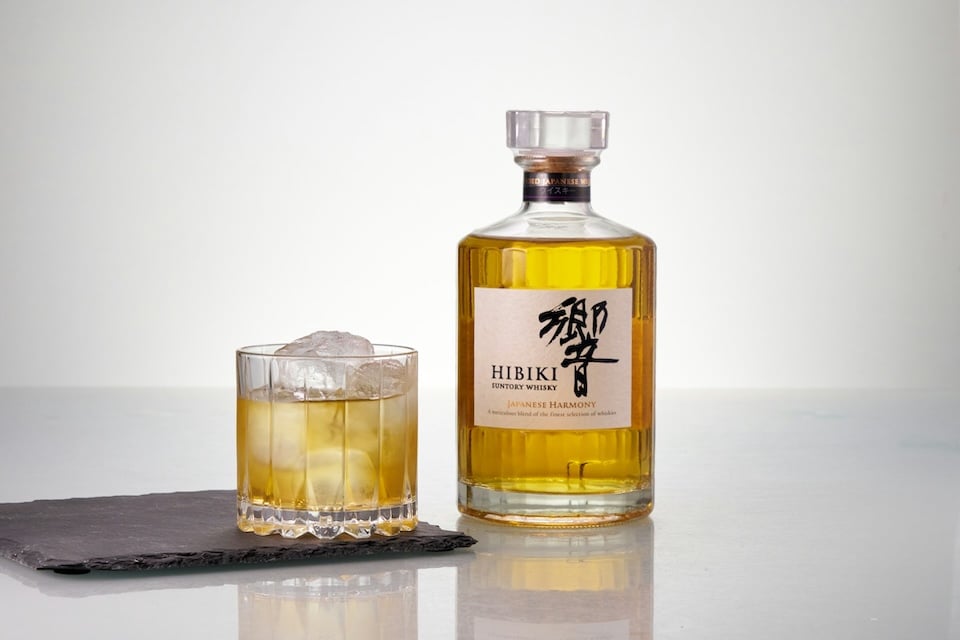
Japanese whiskey stands out for its refined taste and craftsmanship.
Pure water, varied climate, and a blending approach that emphasizes smoothness and balance make it unique.
It uses traditional techniques, local ingredients, and precise aging to create a whiskey that’s both delicate and complex.
The Influence of Nature and Craftsmanship
Japan’s natural environment shapes its whiskies. Distilleries like Yamazaki and Hakushu use pure spring water from Mt. Tenno and the Alps, lending smoothness and clarity. The country’s climate—with hot summers and cold winters—accelerates aging by expanding and contracting barrels.
Still, quality is never rushed. Guided by monozukuri (craftsmanship), master blenders carefully sample casks to achieve elegant, balanced results rooted in nature.
Differences Between Japanese, Scotch, and Bourbon Whiskey
Japanese whisky, though inspired by Scotch, is smoother, lighter, and less smoky, thanks to minimal peat and soft water. Compared to Bourbon’s bold, sweet profile, it emphasizes balance and refinement.
Unlike Scotch makers who blend across distilleries, Japanese brands like SUNTORY create diverse styles in-house, allowing for precise blending. Aging is faster in Japan’s climate, and Mizunara oak adds distinct floral and spicy notes.
Since 2024, new regulations require full production in Japan—though top producers like SUNTORY and NIKKA had long met these standards.
Key Ingredients and Traditional Technique
Japanese whisky blends tradition with innovation. Single malts use imported barley, blends often feature corn-based grain whisky, and some include rice, reflecting sake culture.
Unique yeast, longer fermentation, and diverse casks—especially Mizunara oak—add depth and aroma.
Blending is key: master blenders like those behind Hibiki create balanced, smooth profiles that define Japanese whisky.
Best Japanese Whiskey Brands to Try in 2025
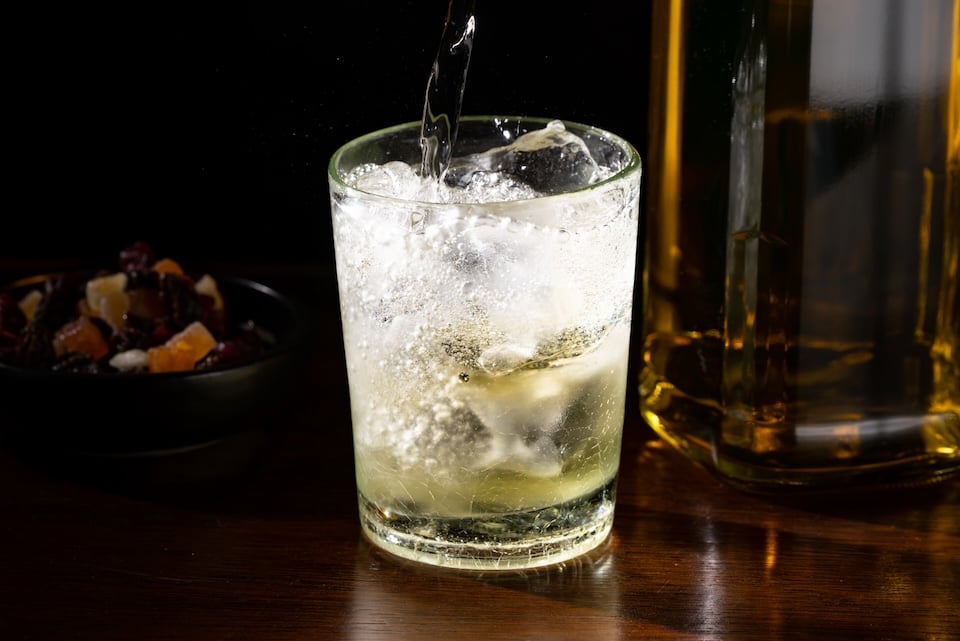
Japanese whisky’s rising popularity has made some bottles rare, but many excellent options remain. From iconic distilleries to hidden gems, these top picks for 2025 offer something for both seasoned enthusiasts and curious newcomers—showcasing the full range of Japan’s whisky craftsmanship.
Yamazaki – Japan’s First and Most Iconic Distillery
Founded in 1923 by SUNTORY’s Shinjiro Torii, Yamazaki is Japan’s first commercial whisky distillery and a symbol of refined craftsmanship. Its single malts are known for fruit-forward flavors—like berries, dried fruit, and gentle oak spice—often enhanced by Mizunara oak for sandalwood-like notes.
Highlights include the award-winning Yamazaki Sherry Cask 2013 and rare bottlings like the Yamazaki 18, 25, and ultra-rare 55. More accessible options like Yamazaki 12 and the Distiller’s Reserve offer a smooth, balanced introduction to the brand’s elegance and innovation.
Hakushu – The Forest Distillery’s Fresh and Herbal Profile
Founded in 1973 in Yamanashi’s mountain forests, SUNTORY’s Hakushu—known as the “Forest Distillery”—uses cool air and pure spring water to craft fresh, clean-tasting whisky.
Its single malts offer crisp herbal notes like green apple and peppermint, with soft smoke from lightly peated malt. Distiller’s Reserve and Hakushu 12 Year are especially popular.
Light, balanced, and ideal in highballs, Hakushu is a great pick for those who enjoy delicate Scotch or botanical spirits.
Hibiki – A Harmonious Blend of Art and Flavor
Created by SUNTORY, Hibiki is a celebrated blended Japanese whisky known for its smoothness, depth, and artistry. Its name, meaning “resonance” or “harmony,” reflects its aim to unite multiple whiskies into one balanced blend.
Hibiki combines malt and grain whiskies from Yamazaki, Hakushu, and Chita, aged in various casks—ex-bourbon, sherry, Mizunara oak, and umeshu barrels—resulting in elegant complexity. The entry-level Hibiki Japanese Harmony offers notes of orange peel, honey, and soft smoke, while aged versions like Hibiki 21 have won global awards. With its 24-facet bottle and washi label, Hibiki is truly harmony in a glass.
Nikka – Bold, Peated, and Award-Winning Options
Founded by Masataka Taketsuru, NIKKA is famed for bold whiskies that contrast with SUNTORY’s softer style. It operates two main distilleries: Yoichi, known for smoky, peaty malts with maritime notes, and Miyagikyo, which produces fruitier, floral whiskies.
Blending both styles, NIKKA offers balanced expressions like Taketsuru Pure Malt and Nikka From The Barrel, known for its spice, toffee, and smoke. NIKKA also produces smooth Coffey Grain and silky Coffey Malt whiskies, showcasing depth and versatility.
Lesser-Known Gems: Mars, Akashi, and Kikori
Beyond the big names like SUNTORY and NIKKA, Japan is home to a range of smaller craft distilleries that produce excellent whisky with unique character—often at more accessible prices. Three standout examples are Mars, Akashi, and Kikori.
Mars Whisky (Hombo Shuzo)
Mars operates two distilleries—one in Nagano’s cool Alps and another in warm Kagoshima—allowing for diverse styles from fruity to peaty. The Komagatake series features green apple, peat, and spice, while the Iwai line offers smooth, bourbon-like flavors. Mars has earned a strong reputation for quality and innovation.
Akashi (White Oak Distillery)
Located in Hyōgo, Akashi holds Japan’s oldest whisky license (1919) but began full-scale production in the 1980s. Its small-batch whiskies feature malt, vanilla, and fruit notes, with occasional red wine or sherry cask finishes. The seaside location adds subtle salinity, showcasing Japan’s craft distilling scene.
Kikori
Kikori is a rice-based whisky from Kumamoto, made with 100% local rice and aged for at least 3 years. Light, floral, and gently sweet, it resembles sake or rum and sits at 41% ABV—great for beginners or cocktails. Now recognized under updated whisky standards, Kikori represents Japan’s innovative approach to whisky-making.
Spotlight on Suntory Distilleries
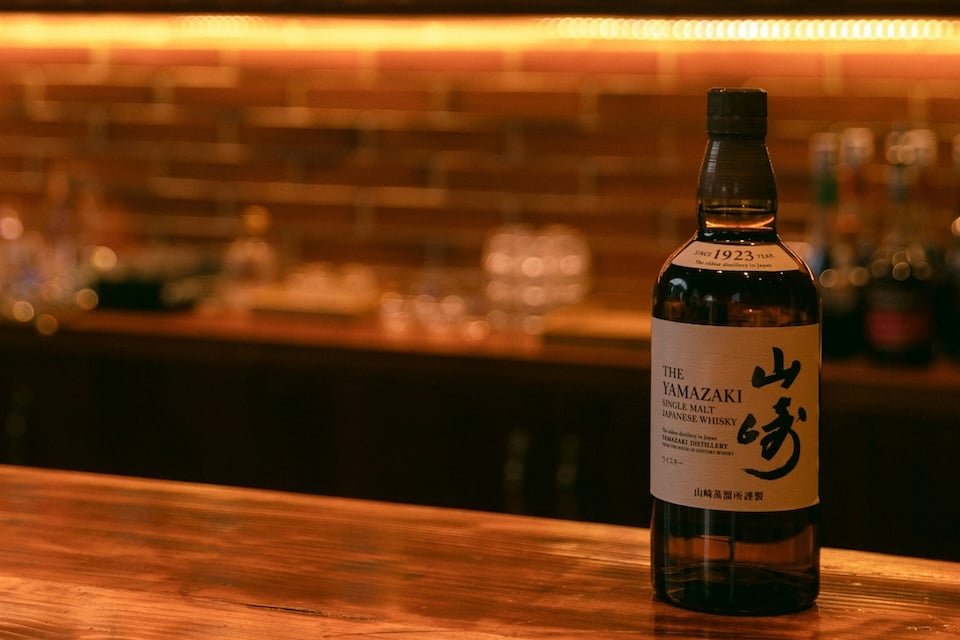
SUNTORY’s three key distilleries—Yamazaki, Hakushu, and Chita—represent the heart of Japanese whisky. Each offers a unique style: Yamazaki’s heritage, Hakushu’s forest freshness, and Chita’s smooth grain character. Touring them (with advance booking) reveals the craftsmanship behind SUNTORY’s world-class blends.
Yamazaki Distillery – Japan’s Pioneer in Single Malt
Founded in 1923 near Kyoto, Yamazaki is Japan’s first whisky distillery, known for pure water, misty climate, and craftsmanship.
Using Mizunara oak and varied techniques, it produces complex single malts and contributes to blends like Hibiki.The distillery offers museum tours and exclusive tastings, making it a key destination for whisky fans.
Hakushu Distillery – Pure Water and Mountain Mist
Nestled in Yamanashi’s forests, SUNTORY’s Hakushu Distillery (1973) is famed for pure mountain water and crisp air.
Its whiskies are fresh, herbal, and lightly smoky, thanks to gently peated malt and cool, slow aging.
Tours offer forest views and exclusive tastings—Hakushu captures the spirit of nature and quiet innovation in every sip.
Chita Distillery – Crafting Elegant Grain Whisky
SUNTORY’s Chita Distillery, founded in 1972 on the Chita Peninsula, focuses on smooth grain whisky made from corn.Its seaside climate supports gentle aging, resulting in light, creamy expressions with notes of caramel and honey.
Not open to the public, Chita quietly supports blends like Hibiki, earning its role as the “silent partner” in SUNTORY’s whisky trio.
How to Enjoy Japanese Whiskey

You’ve got your bottle of Japanese whiskey – now what’s the best way to enjoy it?
The good news is there’s no one “right” way; Japanese whiskies are versatile and can be savored in many forms.
From sipping it neat to mixing it in cocktails, here are some popular ways to enjoy Japanese whiskey, along with tips on food pairings and drinks to bring out its best.
Neat, On the Rocks, or Highball Style (Summary)
Neat: Enjoy Japanese whisky neat to savor its subtle aromas and flavors. A tulip glass and small sips reveal smoothness with minimal burn. If it’s too strong, a few drops of water (otoshi mizu) can unlock hidden notes—perfect for richer whiskies like Yamazaki 18 or Hibiki.
On the Rocks: Serve over a large, clear ice sphere to cool slowly and release flavor gradually. Bolder whiskies like Nikka Yoichi or Hakushu 12 work especially well in this style.
Highball: Japan’s favorite way to enjoy whisky—mixed with soda and ice (1:3 or 1:4 ratio). Light, fizzy, and food-friendly. Brands like SUNTORY even offer strong carbonated soda for perfect highballs.
Conclusion: Each style highlights different aspects of the same whisky. Try all three to discover how versatile Japanese whisky truly is.
Pairing with Japanese Cuisine
Whiskey with food? Absolutely—and not just Western cuisine. In Japan, whisky (especially as a highball or mizuwari) is often paired with meals thanks to its balanced flavor.
Sushi and Sashimi
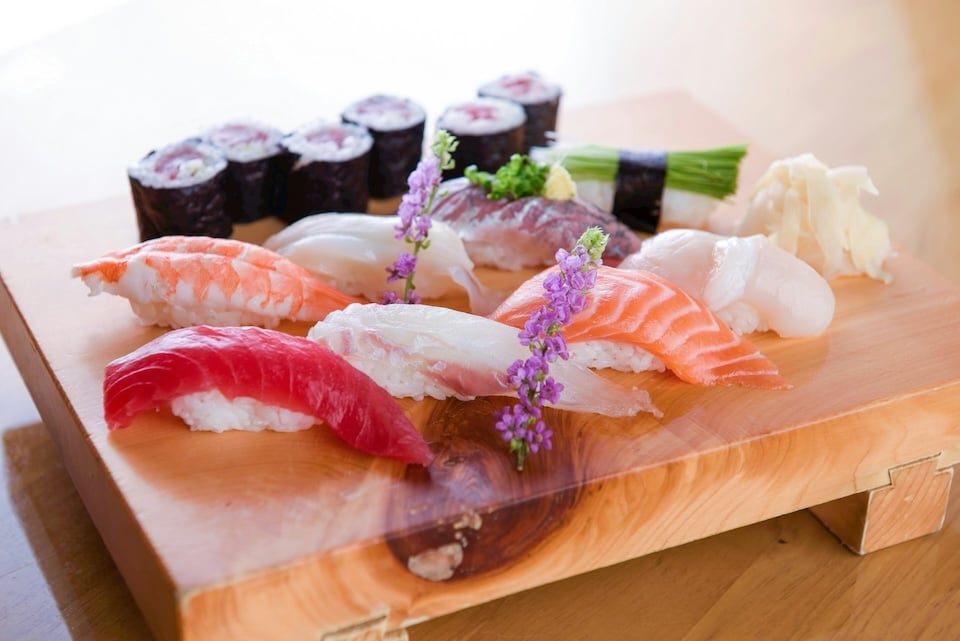
Light whisky highballs pair well with delicate fish. SUNTORY Toki or Nikka Coffey Grain offer subtle sweetness and oak that complements sushi like tuna or yellowtail. Neat pours can be overpowering, so opt for diluted styles.
Grilled and Savory Dishes

Yakitori shines with lightly peated whiskies like Hakushu, or a neat pour of Yoichi. Soy-based dishes (teriyaki, yakiniku) go well with malty flavors. Tempura? Try a crisp highball to cut through the oil.
Ramen and Noodles
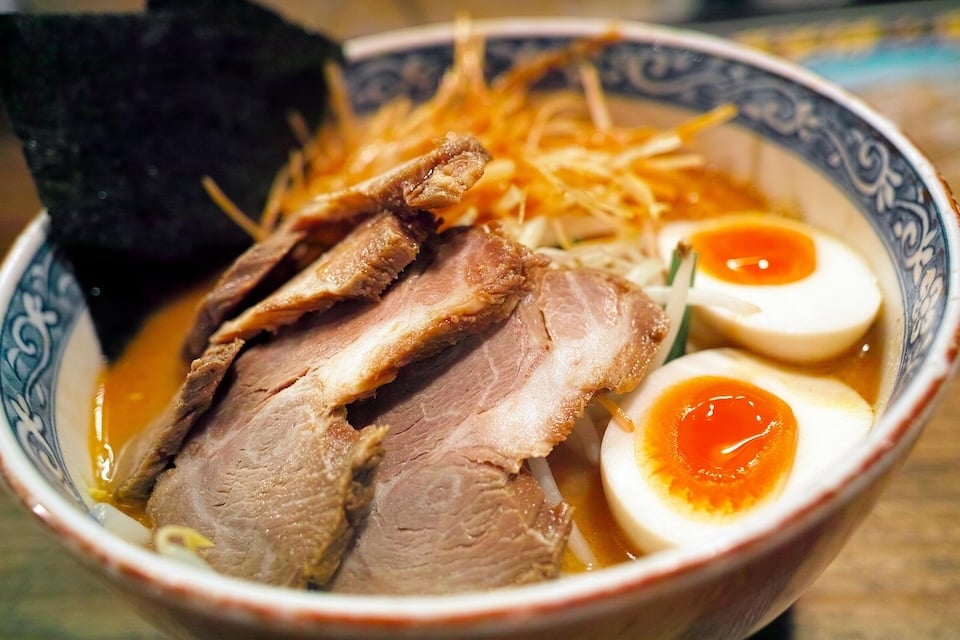
Chita or Akashi blends work nicely—either neat or mizuwari—to reset the palate between bites of miso ramen.
Spicy and Fusion Dishes

Sweet-spiced curry pairs with sherry-aged whiskies like Yamazaki. Fusion meals benefit from Japanese whisky’s mellow, non-overpowering sweetness.
Seafood & Smoke
Smoked salmon or dried squid pairs well with medium-peat whiskies like Hakushu or Hibiki.
Cheese & Chocolate
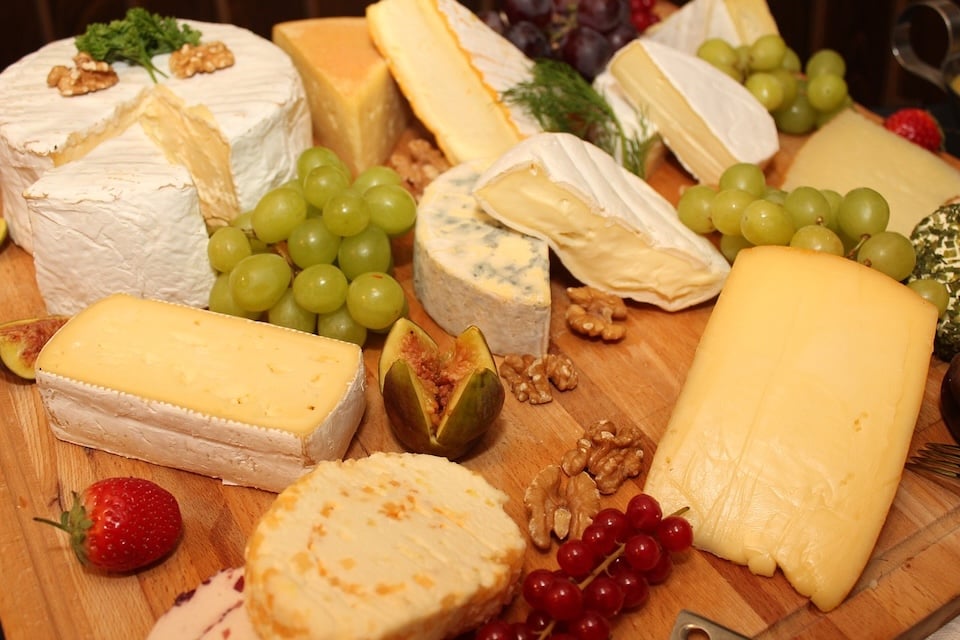
Yamazaki 12 complements aged Gouda, while Hibiki 17 or Nikka Taketsuru match beautifully with dark chocolate.
Rule of Thumb

Balance is key. Strong whiskies may overpower lighter dishes, so dilute when needed. Above all, trust your taste—Japanese otsumami culture celebrates creative pairing.
Using Japanese Whiskey in Cocktails
Japanese whisky isn’t just for sipping—it shines in cocktails, too. Thanks to its smooth, complex profile, bartenders worldwide now feature it in creative drinks.
Whisky Highball Variations
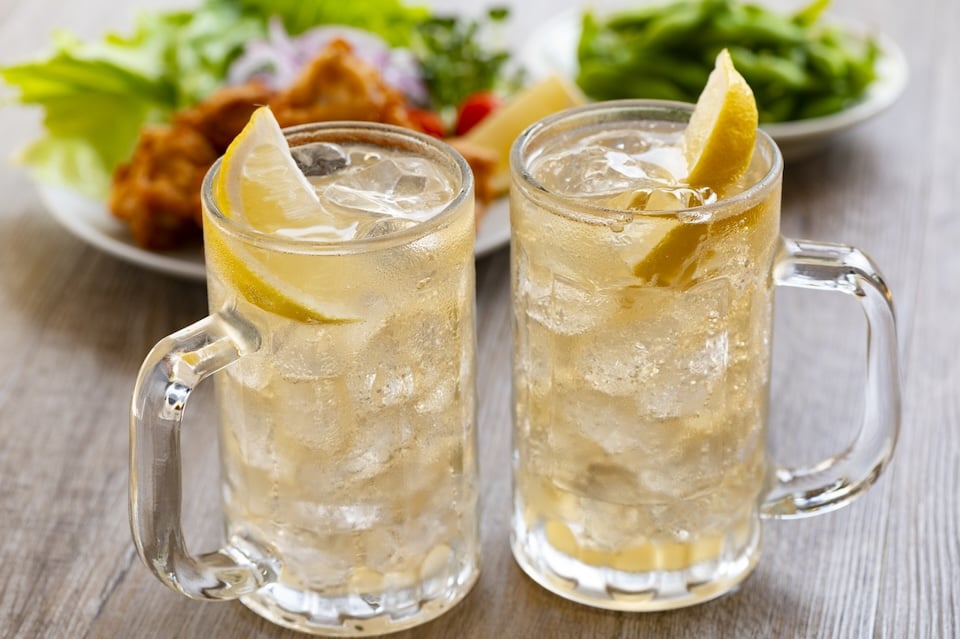
Add yuzu, orange bitters, or cucumber for a refreshing Japanese twist. Or try a “Japanese Collins” with whisky, lemon juice, yuzu bitters, and soda, garnished with shiso.
Old Fashioned & Manhattan

Hibiki Harmony or Nikka Taketsuru offer a smooth take on the classics. SUNTORY Toki works well in a Manhattan, while Nikka From the Barrel delivers bold flavor (adjust dilution as needed).
Whisky Sour

Akashi or Mars Iwai creates a silky base. Add miso or soy syrup for an umami-rich edge.
Unique Twists
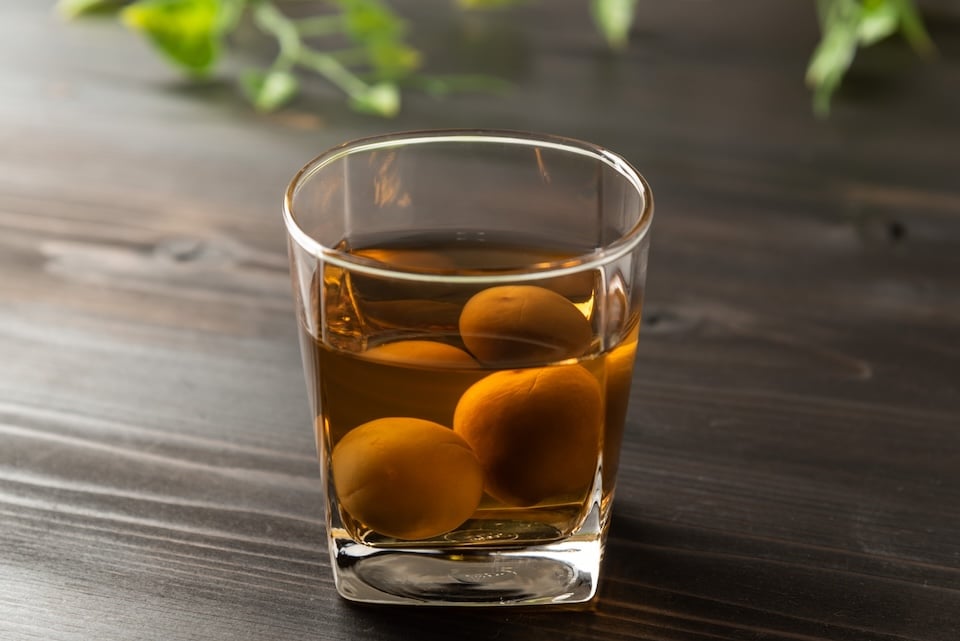
Try a Matcha Highball (matcha syrup, whisky, soda) or mix umeshu and whisky. A Japanese “Godfather” with Nikka Coffey Malt, almond syrup, and sesame oil offers nutty depth.
Hot Toddy

On chilly nights, mix SUNTORY Kakubin with hot water or tea, honey, and mandarin for a cozy Japanese-style toddy.
These cocktails highlight the nuance of Japanese whisky— bringing elegance and subtlety to familiar favorites.
What’s the Best Entry-Level Japanese Whiskey?
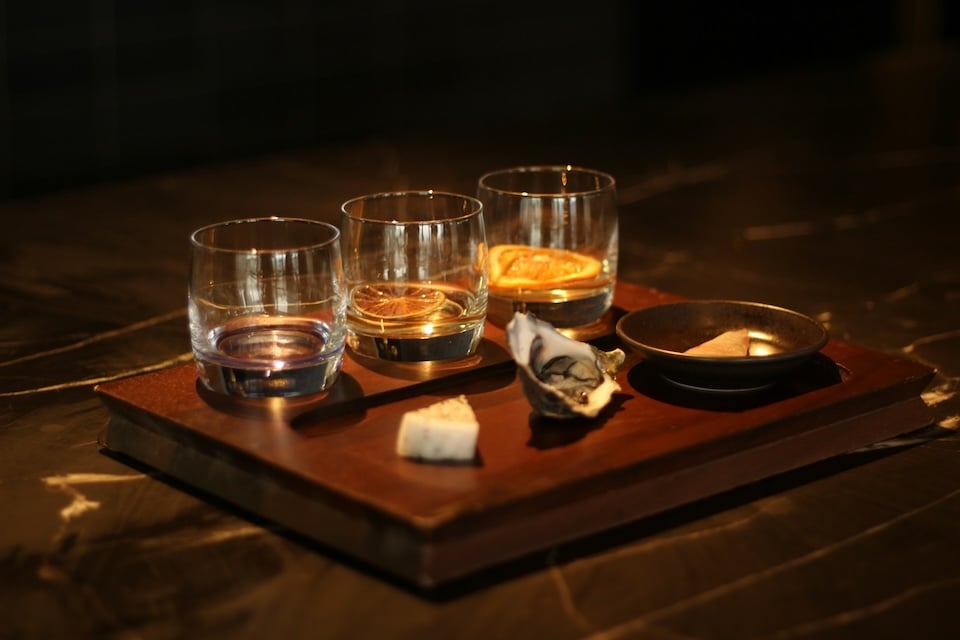
Looking to explore Japanese whisky without breaking the bank? Here are the best beginner-friendly options—each offering a unique introduction to Japan’s renowned craftsmanship.
Top Pick: SUNTORY Toki
Light, smooth, and versatile. Made with Hakushu malt and Chita grain, Toki features green apple, honey, and white pepper. Perfect for highballs and widely available for around $30–$40.
For More Depth: Nikka From The Barrel
Richer and bolder (51.4% ABV), this award-winning whisky delivers notes of spice, toffee, and oak. Great value under $60—ideal with water or on the rocks.
Premium Entry: Hibiki Japanese Harmony
Elegant, floral, and silky. At around $100, this beautifully blended whisky is a refined way to experience Japan’s blending artistry.
Other Worthy Options
- Akashi White Oak – light and easy-drinking, great for budgets
- Mars Iwai Tradition – slightly sweet with a bourbon-like twist
- Yamazaki / Hakushu Distiller’s Reserve – accessible single malts with no age statement
Final Tip
Start with Toki for a smooth, approachable first step. Even Japan’s entry-level whiskies reflect exceptional care and craftsmanship.
Exploring the World of Japanese Whiskey
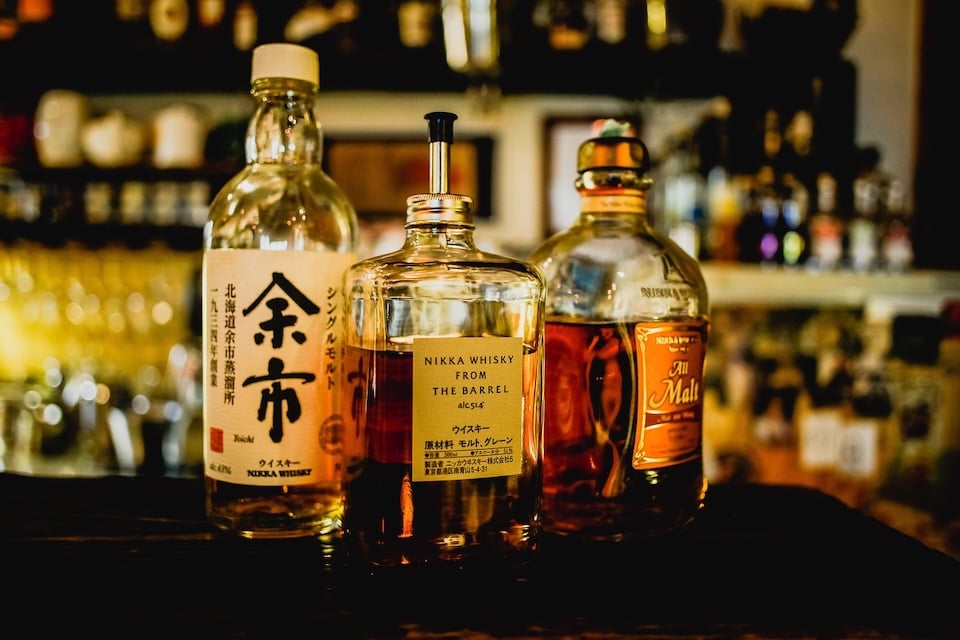
Japanese whiskey has become a global icon, blending tradition, nature, and refined craftsmanship. Visiting distilleries like Yamazaki or Hakushu offers immersive tours—showcasing pristine settings, aging warehouses, and exclusive tastings.
Can’t visit Japan? Whisky bars and tasting events abroad let you sample brands like Yamazaki, Nikka, and Chichibu side by side, offering cultural context and flavor education. In Japan, whisky is also a social drink—enjoyed in izakayas or paired with dishes like sukiyaki and a glass of Hibiki.
New distilleries across Japan—from Hokkaido to Okinawa—add regional flair. Akkeshi, for instance, uses local peat and Mizunara oak to create bold, spiced whiskies.
For deeper engagement, services like MOTENAS JAPAN curate luxury whisky tours, from distillery visits to cultural pairings, connecting whisky with Japanese omotenashi (hospitality).
In the end, Japanese whisky is more than a spirit—it’s a cultural experience, where every sip tells a story.

旅をこよなく愛するWebライター。アジアを中心に16の国にお邪魔しました(今後も更新予定)。
ワーホリを機にニュージーランドに数年滞在。帰国後は日本の魅力にとりつかれ、各地のホテルで勤務。
日本滞在が、より豊かで思い出深いものになるように、旅好きならではの視点で心を込めてお届けします!





